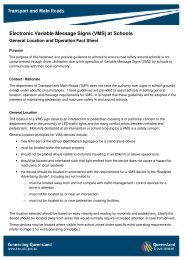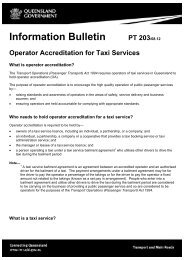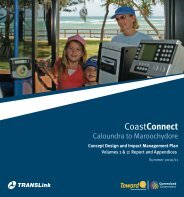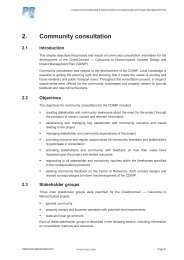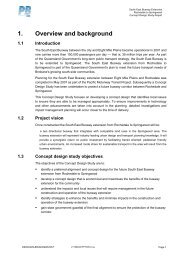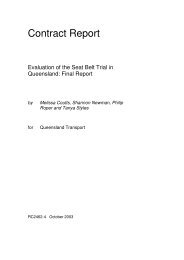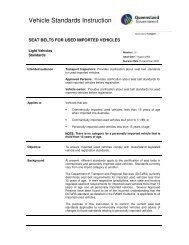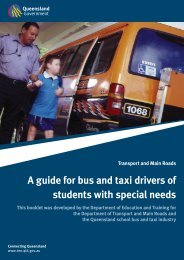VSI G 10.0 Seatbelt Assessment
VSI G 10.0 Seatbelt Assessment
VSI G 10.0 Seatbelt Assessment
Create successful ePaper yourself
Turn your PDF publications into a flip-book with our unique Google optimized e-Paper software.
<strong>Seatbelt</strong> Safety Checklist<br />
Tongue and Buckle Assembly<br />
Check the engagement of tongue and buckle<br />
� The buckle and tongue assembly should securely latch together with no freeplay (limited movement)<br />
� The tongue should eject actively when released<br />
� There should be no visible cracks on the buckle and the buckle cover must be intact<br />
� The tongue should have no metal deformation, webbing marks, or visible cracks on metal or plastic<br />
sections<br />
Retractor<br />
� Pull the belt out as far as it will go then release it. The belt should return all the way to the retractor without<br />
sticking, gripping or stalling<br />
� The retractor should lock if the webbing is pulled out suddenly.<br />
Webbing<br />
� The webbing should be securely attached to its end fittings displaying no stretching or pulled stitching<br />
� The webbing should be flat throughout its entire length<br />
� Look for plastic burn marks, frayed stitching and any signs of rippling<br />
� Look for severe fading as exposure to sunlight could possibly reduce the strength, this could be apparent<br />
as visible degradation of the webbing fabric.<br />
Anchorage<br />
Ensure all anchorages are free from corrosion and securely fastened to the vehicle structure and all mounting<br />
points should not show any signs of deformation<br />
Look for the danger signs:



